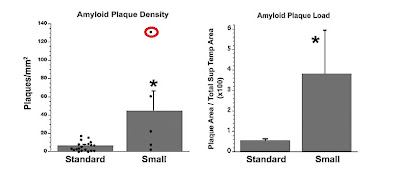Do women really recognize facial emotion better than men? Existing literature on the subject remains contradictory with some studies showing a female advantage (albeit with small effect sizes) and others failing to find any gender differences. Hoffman and colleagues (2010) suggest that expression intensity is an important factor mediating gender differences in recognizing emotions and that while women do recognize facial emotions better than men, this advantage only exists for subtle emotional facial expressions.
Using a facial expression morphing tool (FEMT), they manipulated the intensity of the emotional facial expression for their stimuli. Looking at the 40% intensity, I must say that it is in fact pretty hard for me to identify.
 |
| click to enlarge |
Conforming to their hypothesis, they found that women indeed only recognize subtle emotional expression better than men but not when full-blown emotions are displayed. Decreased emotional intensity negatively affected the judgments of male participants more than that of female participants.
But of course accurately detecting facial emotions is just the first part of the equation, whether you deal with it adequately is another thing altogether - especially when they are subtle.
Hoffmann H, Kessler H, Eppel T, Rukavina S, & Traue HC (2010). Expression intensity, gender and facial emotion recognition: Women recognize only subtle facial emotions better than men. Acta psychologica, 135 (3), 278-83 PMID: 20728864



